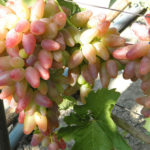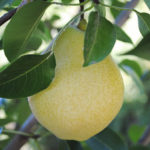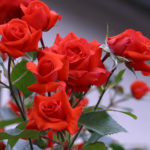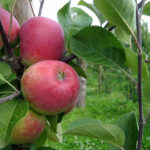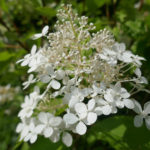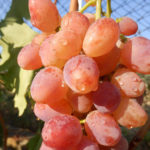Colorado spruce Lucky Strike
It would not be a big mistake to say that decorative spruces attract the attention of consumers and breeders in two cases: either when they have a classic, austere crown shape, or when they look unusual, not at all "classic". It is to the second group that the variety that we will describe now can be attributed.

A little about the origin
Before describing the appearance, let's say a few words about the origin of Lucky Strike (Picea pungens Lucky Strike). Generally speaking, this is one of the many varieties of the type of spruce, which is called prickly, or Colorado spruce; she is native to the western regions of the United States. The main distinguishing features of these plants are called the bluish-gray color of the needles and its increased thorniness.
Our heroine was bred in the famous Dutch nursery in the town of Boskop, in 1983. Her name can be translated as "lucky shot". Indeed, the breeders of the Netherlands can be proud, because their variety has not lost its high popularity for more than 30 years!
Description of appearance
Oddly enough, but the main highlight of the variety is the sloppy appearance of the crown. Of course, it can be called such only in comparison with the strict pyramidal shapes of many blue firs. The crown of Lucky Strike has an irregular, "ragged" shape, where individual branches are significantly ahead of their neighbors in growth. Because of this, the overall silhouette of the tree turns out to be asymmetrical, as if an inept gardener thoroughly cut off the branches, not observing proportions. Sometimes in this slovenliness, a general wide-conical shape is visible.
In general, the tree is undersized, if not dwarf; even adult specimens rarely grow up to 2 meters, and at the age of 10, usually the top has a mark of about 120 cm. At the same time, the spreading crown in diameter is only 20-30 cm smaller. The general lack of symmetry is reinforced by the branches: short, often curved, and in different directions.
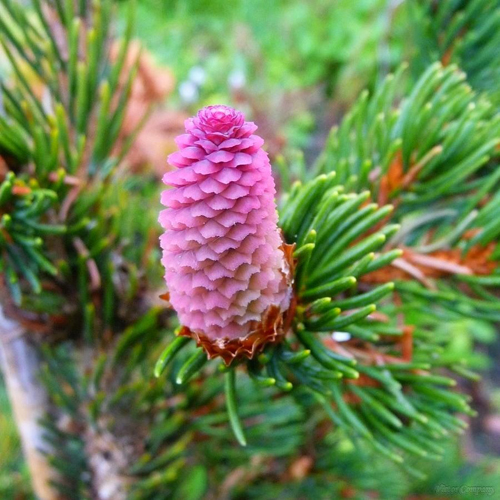
The needles are also short, plump, very prickly. It is greenish-blue in color, although in spring the young tips are light, yellowish-salad.
And it is impossible not to say about the cones! They play an important role in the appearance of this spruce. Cones are unusually large, for such a tree, 10-15 cm in length, in youth purple-red, even purple. They boldly stick up, like large hot candles, giving the spruce an unusual decorative effect. Over time, their color changes, becoming more brown. There are usually many of these fruits on the tree, they remain on the branches for a long time, sometimes not even the next year.
Features of agricultural technology
Like most thorny spruce trees, this one is also distinguished by its unpretentiousness, resistance to various adversities and mistakes in care. Prefers well-drained soils, in which there is no stagnant water, but a lot of air. Grows best in well-lit, even sunny places. Differs in high frost resistance.
It tolerates prolonged drought, but in the first years of life, regular, dosed watering is important for this spruce. If possible, adult trees should also be watered regularly, preventing the soil from drying out to a great depth. For this reason, high-quality mulching of the trunk circle is important.
Due to the peculiarities of the crown, trimming is not needed for Lucky Strike. But there are times when it must be carried out, and the plant tolerates this operation calmly.
Features of use
The variety can be called a universal spruce. It is planted in rockeries, in small groups, especially when it comes to tiny areas. In large areas, the tree is lost, it becomes invisible. Often, the variety is used as a hedge, as well as for fencing curbs, as a planting that limits a certain area of the garden.Given its resistance to air pollution, this variety can be planted along streets, directly near the roadway.
But spruce is also good as a single plant, planted, for example, among a small flower bed. It is often sold in pots to decorate balconies, terraces and loggias. Also popular with conifer collectors.
